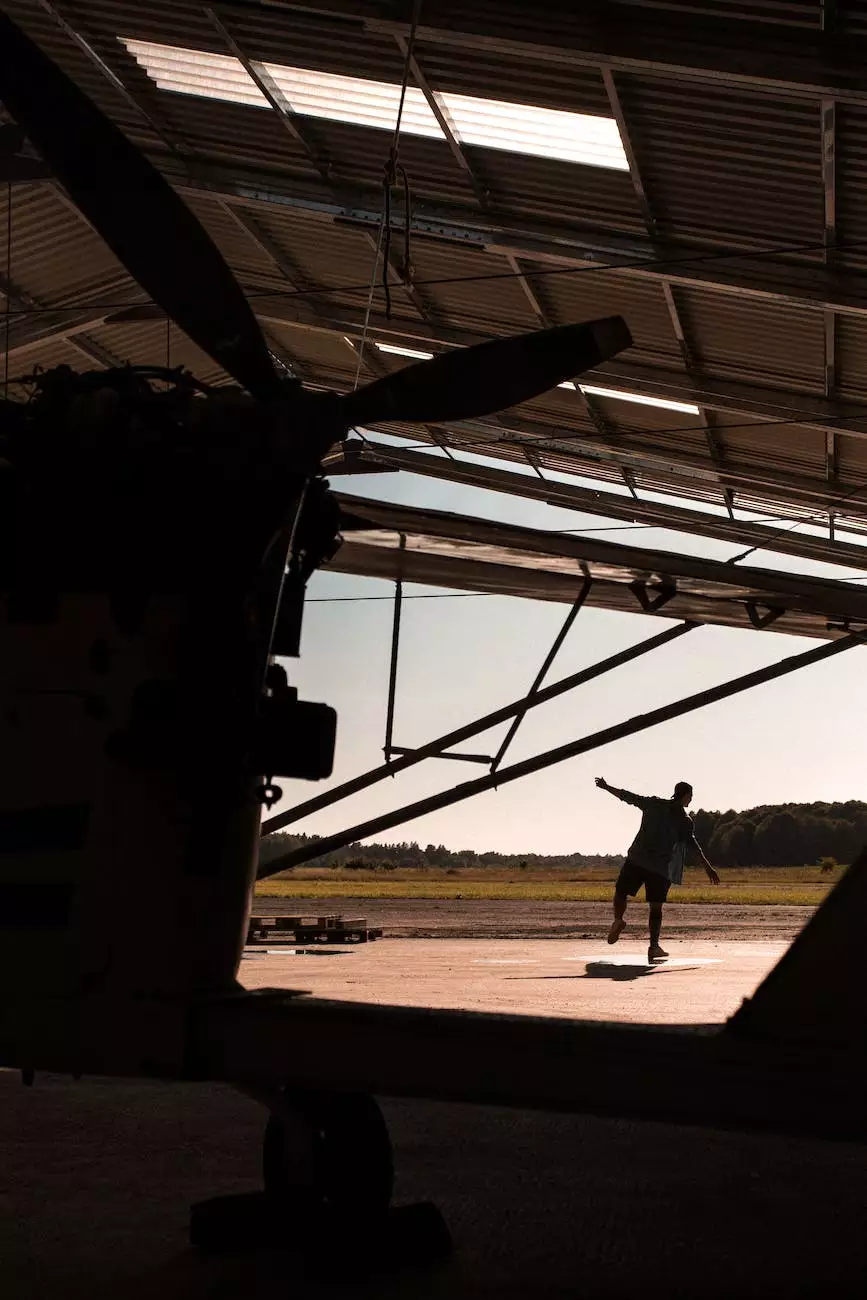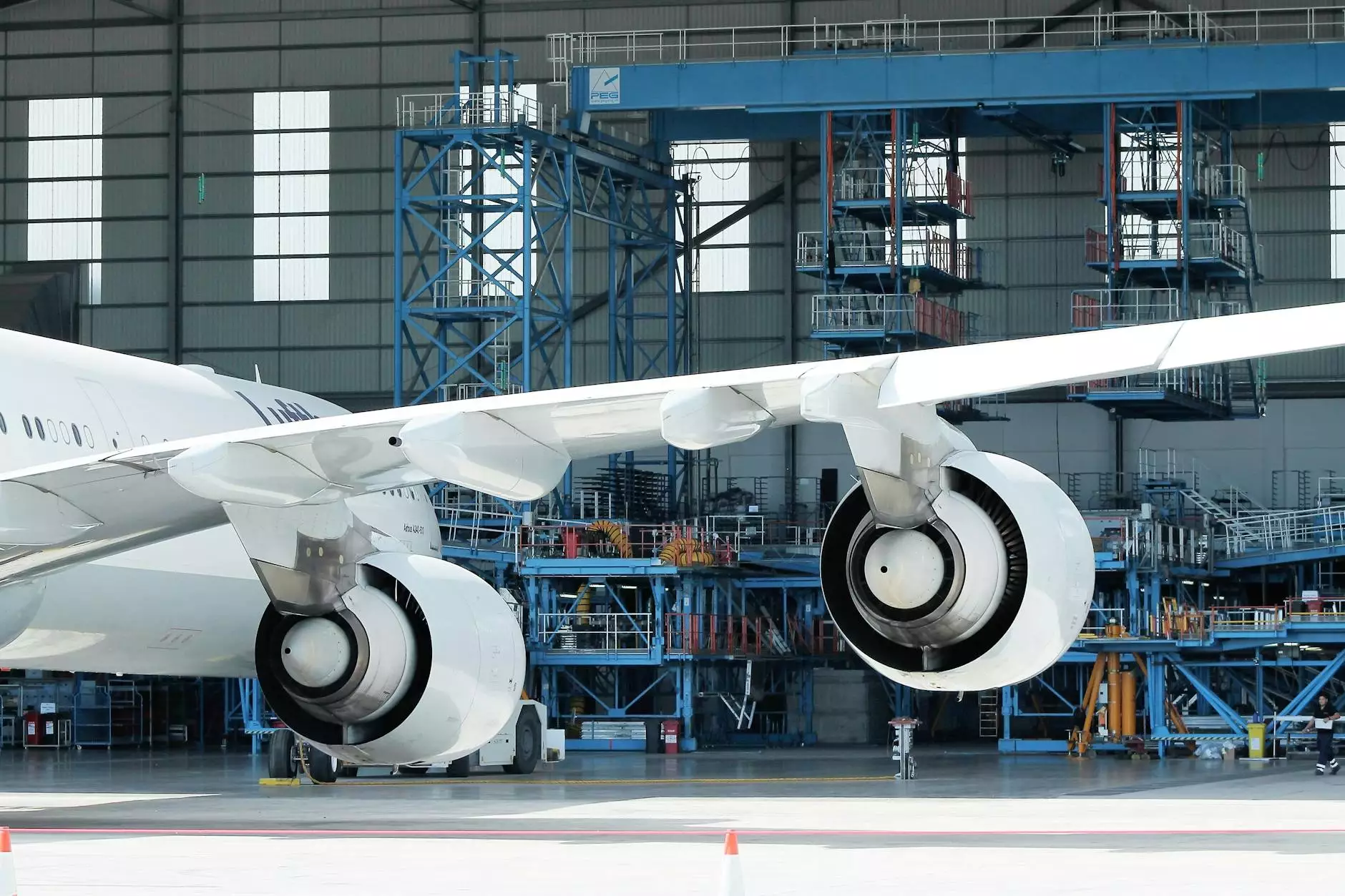Air Tourism to Europe during the Postwar Era

Introduction
Welcome to La Historia Society, a platform dedicated to preserving the rich cultural heritage of Europe. In this exhibition, we delve into the captivating history of air tourism to Europe during the postwar era.
The Era of Transformation
Following the end of World War II, Europe experienced a significant transformation in the realm of tourism. With the revival of economies and the advancement of air travel technology, a new era of exploration began. Air tourism emerged as an accessible and exciting way for individuals to experience the beauty and diversity of Europe.
The Birth of Air Tourism
In the aftermath of the war, airline companies recognized the potential of opening up European destinations to a broader audience. These companies invested in the development of faster and safer aircraft, making international travel more efficient and convenient.
As a result, air tourism experienced a surge in popularity. Tourists from all over the world were now able to embark on unforgettable journeys to iconic European cities such as Paris, Rome, and London. The allure of exploring historic landmarks, tasting exquisite cuisine, and immersing oneself in different cultures captured the hearts of adventure-seeking travelers.
Exploring Europe
During this period, European countries embraced the influx of tourists, recognizing the economic benefits of the thriving tourism industry. They invested in infrastructure, highlighted their unique attractions, and welcomed visitors with open arms.
Paris - The City of Romance
Adorned with its iconic landmarks like the Eiffel Tower, Louvre Museum, and Notre-Dame Cathedral, Paris became synonymous with romance and sophistication. Strolling along the charming streets, indulging in delectable pastries at picturesque cafés, and taking boat rides on the Seine River were just some of the magical experiences visitors could enjoy in the City of Love.
Rome - The Eternal City
With its rich historical heritage, Rome fascinated tourists with its ancient ruins, including the Colosseum, Roman Forum, and Pantheon. Exploring the Vatican City, home to the world-renowned St. Peter's Basilica and the Sistine Chapel, was an awe-inspiring experience that left tourists captivated by the beauty and historical significance of this eternal city.
London - The Royal Capital
London, a city that seamlessly blends history and modernity, attracted visitors with its royal palaces, vibrant markets, and renowned museums. Witnessing the changing of the guard at Buckingham Palace, exploring the British Museum, and taking a ride on the iconic red double-decker buses crowned the experience of immersing oneself in the elegance of the British capital.
Influence on European Culture
The rise of air tourism during the postwar era not only stimulated the economy but also had a profound impact on European culture. The influx of tourists contributed to the exchange of ideas, the fusion of traditions, and the promotion of cultural diversity.
Preserving the Legacy
At La Historia Society, we believe it is crucial to preserve and celebrate the history of air tourism to Europe during the postwar era. By doing so, we honor the pioneers, the travelers, and the communities that shaped this transformative period in European travel. Through this exhibition, we invite you to join us on this journey through time and rediscover the essence of air tourism in Europe.
Conclusion
Embark on a captivating exploration of the vibrant history of air tourism to Europe during the postwar era with La Historia Society. Immerse yourself in the stories, the sights, and the rich cultural heritage of this transformative period. Join us in celebrating the past, in understanding the present, and in preserving the legacy of air tourism. Discover the magic of Europe through the lens of extraordinary travel experiences and open your heart to the wonders that await.









